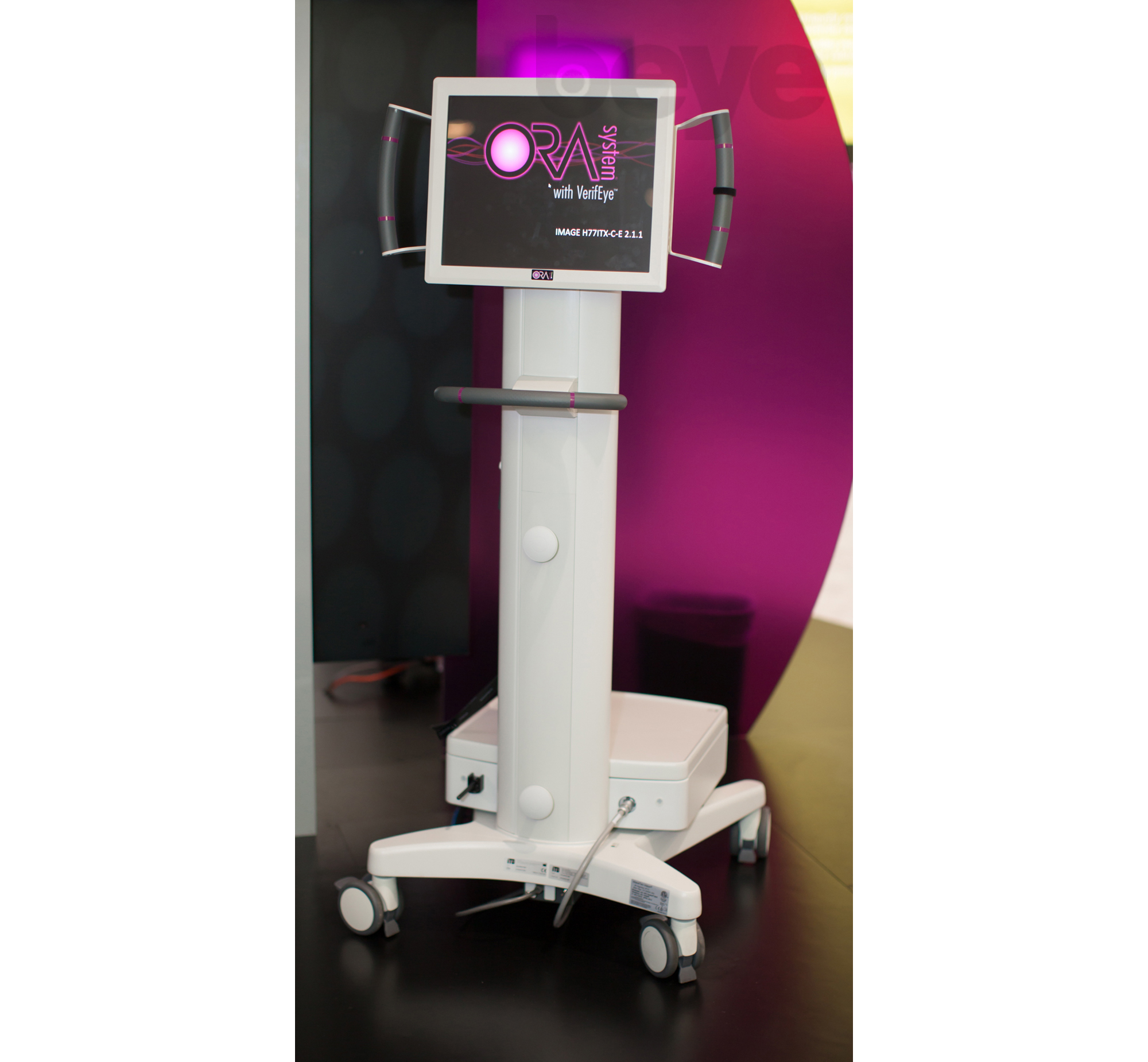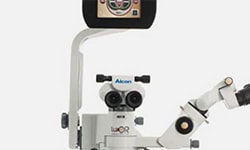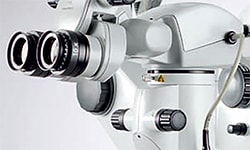Editorially Independent Content
I have used the ORA System (Alcon) for a few thousand patients over the past several years. I can't imagine operating without it. The intraoperative aberrometer provides valuable information in the operating room and affords surgeons the opportunity to understand the effect of their surgery on a patient's refraction.
Tactical Intelligence in the Advanced Surgical Armamentarium
We use the ORA in combination with several advanced diagnostic and surgical technologies. Preoperatively, I obtain several topography measurements and use the Cassini corneal analyzer (i-Optics) to assess total corneal astigmatism based on posterior corneal measurements. With the LENSAR Streamline (LENSAR) system, astigmatism measurements from the Cassini are used during the laser’s iris registration sequence to automatically program the astigmatic incisions and intrastromal marks for toric IOL alignment exactly on the correct axis.
During surgery, I reference the measurements from the ORA. ORA doesn't always give me the same answer as my preoperative data, but ORA gives me the right answer at the time I’m measuring. Over the years I've come to understand how much corneal edema my surgical technique induces, how my surgical incisions and surgery affect the cornea overall, and how this in turn affects my ORA readings. I'm very confident with my preoperative data and surgical plan going into the operating room, so I always open my arcuate incisions at the time of surgery. I know my preoperative measurements are accurate so I anticipate a certain effect and can adjust my nomogram accordingly.
Use Often for Best Results
When I'm treating a diopter or less of astigmatism, my surgical technique can cause small changes in my ORA readings. In these instances, I rely more heavily on preoperative measurements. With larger amounts of astigmatism, such as cases of 1.5 to 3 diopters or with toric lenses, the ORA becomes critical. The relative effect of the surgical incision and small amounts of edema are much less of a factor. Using the ORA instrument as much as you can is very important in understanding the value of the readings.
If you have the ORA, I encourage you to use it on every possible patient. Most contracts have the option of a per use click-fee or an unlimited use monthly fee. We choose the monthly fee so that we can perform the procedure on any patient, as opposed to only using it only when people pay for it. This enables us to improve our skill in understanding the total refractive picture of our surgical procedures. If you're only using the ORA occasionally, you have not unlocked the true value of the instrument. The ORA has been a great asset for achieving superior results for my patients.





